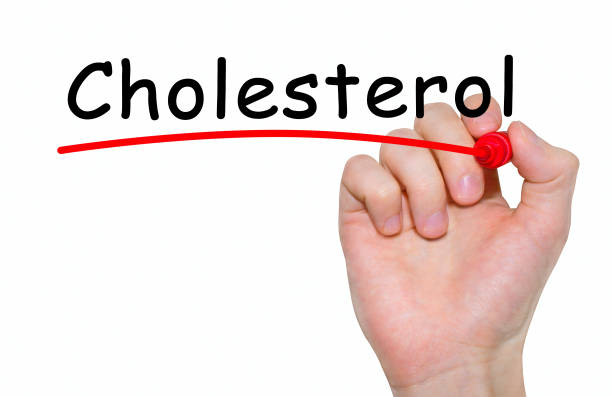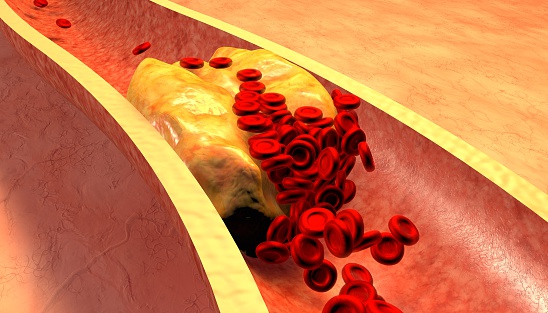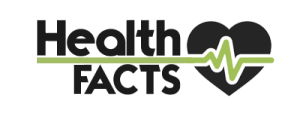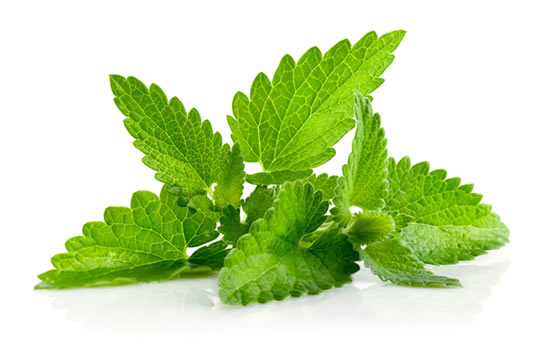Cholesterol can be good for you.
Yes, you read that right.
You’ve probably heard about how a high level of cholesterol in the body can cause blood vessel blockage, stroke, and other deadly medical conditions. That’s correct. But did you know that it can also help to protect your health?
When is cholesterol good or bad?
Keep reading to find out.
What is Cholesterol?
Cholesterol is a fat-like substance found in all body cells. This substance is necessary for several bodily functions, including the production of hormones, vitamin D, and digestive juices. A healthy liver would generally produce enough of the fatty substance for the body to use. However, our bodies get extra cholesterol through our diet from foods like meat, poultry, and dairy products.

Cholesterol is an umbrella term for different substances such as LDL, HDL, and triglycerides. But in reality, they are not exactly cholesterol, although they are closely related. Each of these ‘cholesterols’ has different roles in the body.
HDL vs LDL
HDL is an acronym for high-density lipoprotein. This type of lipoprotein is commonly referred to as ‘good cholesterol.’ On the other hand, LDL, or low-density lipoprotein, is called ‘bad cholesterol.’ HDL and LDL are substances in the blood that belong to a family of proteins called lipoproteins. Lipoproteins are made up of lipids (fats) and proteins. Their function is to transport cholesterol around the body.
LDL
This lipoprotein carries cholesterol to the arteries, where it may accumulate on the arterial walls, causing them to narrow, stiffen, and form plaques called atherosclerosis. The formation of plaques increases the risk of blood clots, which may further narrow or completely block blood flow through the vessel.

Sometimes, the clots or plaques may break off and travel to distant organs, leading to blockages, which may cause life-threatening events like stroke, heart attack, or pulmonary embolism (a lung disease). A high level of LDL is bad for health; this is why it is called ‘bad cholesterol.’
HDL
This is the ‘good cholesterol’ because it carries cholesterol from the body to the liver. The liver then breaks down and excretes the fatty substance. HDL helps rid your body of excess cholesterol, making it less likely to end up in your arteries. High levels of HDL in the body are beneficial to health.
Symptoms of Abnormal LDL or HDL
A high level of cholesterol in the body usually produces no symptoms. The only way to tell is to do a blood test called ‘fasting lipid profile.’ As the name implies, you have to fast for 9-12 hours before the test. For this reason, it is usually done first thing in the morning.
What Are the Normal HDL and LDL Values?
As we have established earlier, HDL is the good cholesterol. Therefore, the higher the HDL numbers, the lower the risk is for heart disease, vascular disease, and stroke. Generally, it is advised that HDL values should be at least 50 mg/dL for women and 40 mg/dL or more for men.
Conversely, the lower the value of LDL in the body, the better. According to the National Library of Medicine, LDL should be no more than 100 mg/dL in men and women for optimal health.
What Causes High LDL?
- High-fat diet
- Obesity
- Sedentary lifestyle
- Genetics. Some people have a condition called ‘familial hypercholesterolemia,’ where high cholesterol runs in families.
- Liver disease
- Smoking
- Diabetes
How to Lower (Bad) Cholesterol
Healthcare providers generally recommend lifestyle and dietary changes to reduce LDL levels in the body. These changes may include:
- Stopping smoking
- Eating a healthy diet, preferably a low-fat/high-fiber diet
- Exercising regularly
- Reduction in alcohol intake
- Maintaining a healthy weight
Sometimes, lifestyle modifications may not be sufficient to reduce LDL. Your doctor may prescribe medications to control your cholesterol levels. These medications may include:
- Statins (e.g. atorvastatin, fluvastatin). These help the liver get rid of cholesterol.
- Bile-acid-binding medications (e.g., cholestyramine, colestipol). They help the body use extra cholesterol to produce bile.
- Cholesterol absorption inhibitors (e.g., ezetimibe) prevent the small intestines from absorbing and releasing the fatty substance into the bloodstream.
How to Improve Good Cholesterol
The best way is to maintain lifestyle practices that lower LDL. Sometimes, your doctor may prescribe medications like statins (e.g., atorvastatin, pravastatin) to help boost your HDL levels. They can also help create a tailored treatment plan that includes several lifestyle changes. These changes are usually not excessive, and your doctor will show you how to incorporate them in your everyday life.
A Word from Healthfacts
Your body needs enough good cholesterol for sound health. Your diet and lifestyle choices are essential to having an adequate balance. Maintaining a healthy diet and weight, exercising regularly, and reducing your alcohol intake can help lower LDL and in turn, increase HDL in your body.
You can subscribe to our newsletter for more helpful tips.










Thanks for sharing. I read many of your blog posts, cool, your blog is very good.
Your article helped me a lot, is there any more related content? Thanks!
Your point of view caught my eye and was very interesting. Thanks. I have a question for you.